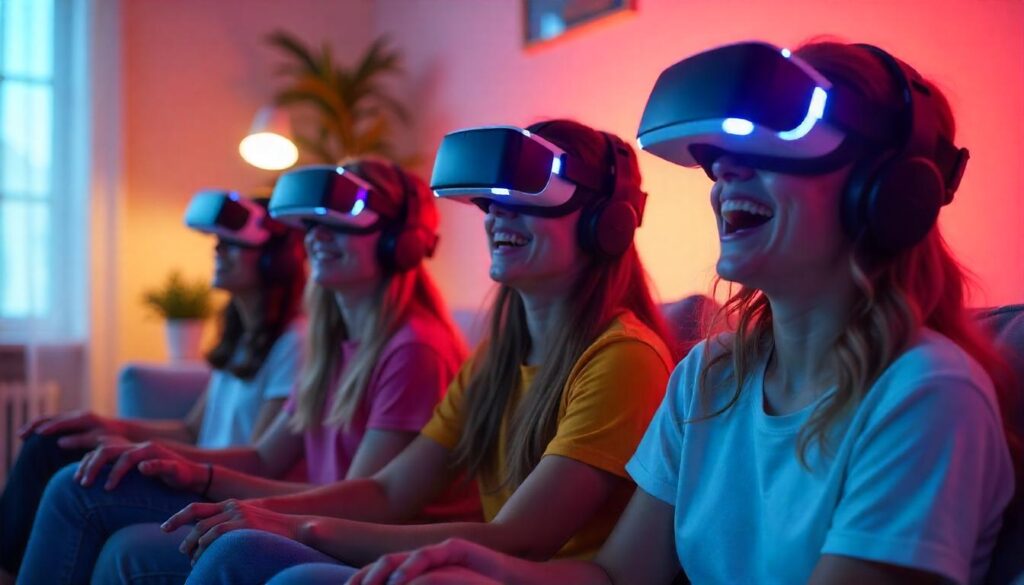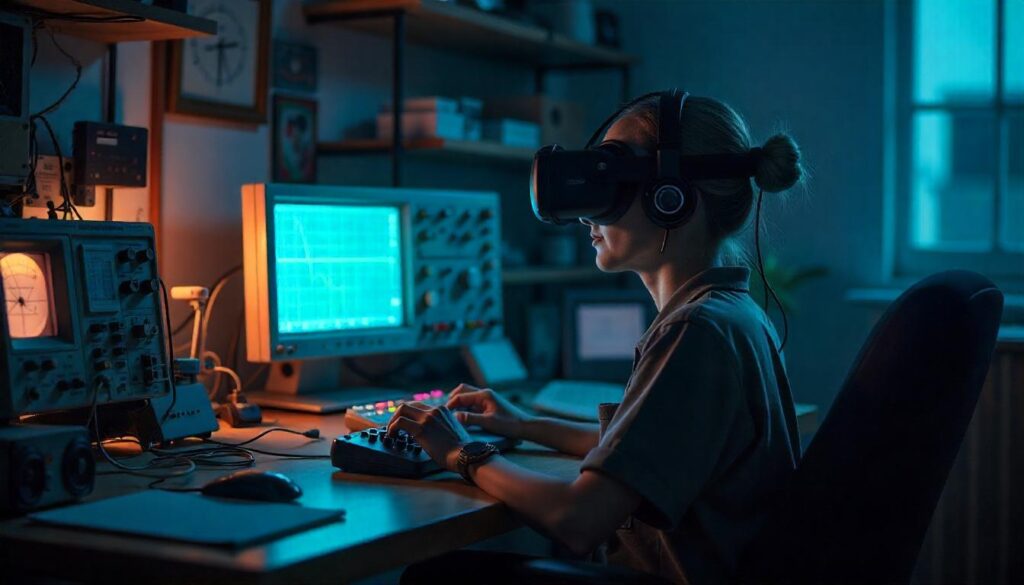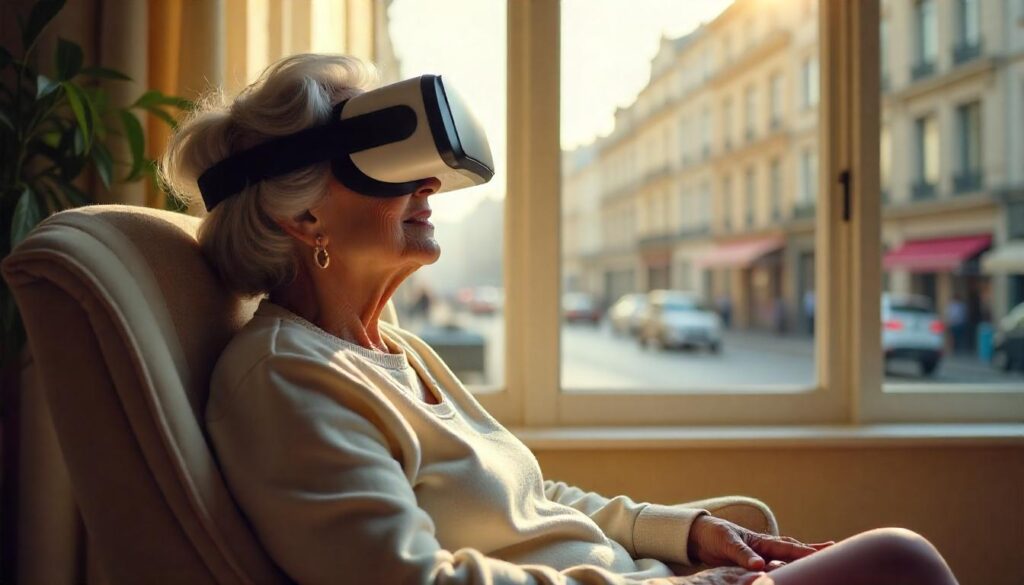Virtual Reality (VR) gaming headsets have emerged as one of the most exciting and innovative technologies in the gaming world today. Over the past decade, advancements in VR hardware and software have propelled immersive gaming from a niche concept into a mainstream entertainment medium, captivating gamers with unprecedented levels of interaction and realism. This article explores the evolution of VR gaming headsets, the technology behind them, their impact on the gaming industry, and what the future holds for this rapidly growing market.
What Are VR Gaming Headsets?

VR gaming headsets are specialized devices worn on the head that create a fully immersive virtual environment for users. By tracking head movements and rendering 3D environments in real time, these headsets give gamers the sensation of physically being inside the game world. Unlike traditional gaming setups that rely on flat screens, VR headsets deliver stereoscopic visuals and often combine spatial audio, hand tracking, and motion controllers to deepen the sense of presence.
Evolution of VR Gaming Headsets

The journey of VR gaming headsets began decades ago, with early attempts hampered by limited technology and high costs. The 1990s saw the introduction of primitive VR prototypes, but their bulky designs and poor graphics left much to be desired. It wasn’t until the 2010s that the landscape shifted dramatically.
The launch of Oculus Rift in 2012 marked a turning point, introducing affordable, high-quality VR experiences to consumers. Soon after, major players like HTC Vive, PlayStation VR, and Valve Index entered the market, each improving on aspects like resolution, refresh rates, and tracking precision. Today’s VR headsets boast crystal-clear displays, wide fields of view, and intuitive controllers that translate real-world movements seamlessly into virtual actions.
Key Features of Modern VR Gaming Headsets
- High-Resolution Displays: Modern VR headsets use OLED or LCD panels with resolutions often exceeding 2000 x 2000 pixels per eye. This reduces the screen-door effect (visible gaps between pixels) and enhances visual clarity.
- Wide Field of View: To mimic natural vision, VR headsets offer fields of view ranging from 90 to over 120 degrees, expanding peripheral awareness inside the virtual environment.
- Precise Motion Tracking: Using a combination of inside-out and outside-in tracking methods, VR systems capture head, hand, and body movements with remarkable accuracy.
- Comfort and Ergonomics: Advances in lightweight materials and adjustable straps help players wear the devices comfortably for extended sessions.
- Wireless Connectivity: While early models were tethered to PCs or consoles, many modern VR headsets support wireless streaming, offering greater freedom of movement.
Impact on the Gaming Industry
VR gaming headsets have revolutionized how games are designed, played, and experienced. Developers now create games that leverage spatial awareness, physical interaction, and three-dimensional storytelling. Genres like first-person shooters, puzzle games, horror, and simulation thrive in VR, offering unique challenges and immersion impossible on traditional platforms.
Additionally, VR has sparked new social gaming experiences where players can meet, collaborate, and compete in shared virtual spaces, bridging physical distances. Platforms like VRChat and Rec Room have gained massive followings, blending gaming with social interaction.
The industry has also seen increased investment and innovation as companies compete to deliver the best VR experiences. Major gaming studios are dedicating resources to VR-exclusive titles, while indie developers explore creative uses of the technology.
Challenges and Limitations
Despite its progress, VR gaming still faces several challenges. The cost of high-end VR headsets and compatible hardware can be a barrier for many consumers. Some users experience motion sickness or discomfort during prolonged use, which developers continuously strive to mitigate through design improvements and game mechanics.
Content variety and quality also remain a focus, as the VR game library, though growing, is smaller compared to traditional platforms. Furthermore, the physical space required to play safely can limit accessibility for some users.
The Future of VR Gaming Headsets
Looking ahead, VR gaming headsets are poised to become even more sophisticated and widespread. Emerging technologies such as eye-tracking, haptic feedback suits, and improved wireless solutions promise richer and more intuitive interactions. Mixed reality (MR) headsets, which blend virtual elements with the real world, will likely expand gaming possibilities further.
The convergence of VR with other cutting-edge technologies like artificial intelligence and 5G networks will enhance responsiveness, personalization, and multiplayer experiences. As prices continue to drop and hardware becomes more user-friendly, VR gaming is expected to reach broader audiences and redefine entertainment norms.
Conclusion
VR gaming headsets have transformed the gaming landscape by delivering deeply immersive experiences that blur the lines between the virtual and real worlds. From early experimentation to today’s sophisticated systems, VR has opened new frontiers in storytelling, gameplay, and social connection. While challenges remain, ongoing innovation and growing enthusiasm signal a bright future for VR gaming. As technology advances, VR headsets will likely become a staple of interactive entertainment, inviting gamers to step inside their favorite worlds like never before.


